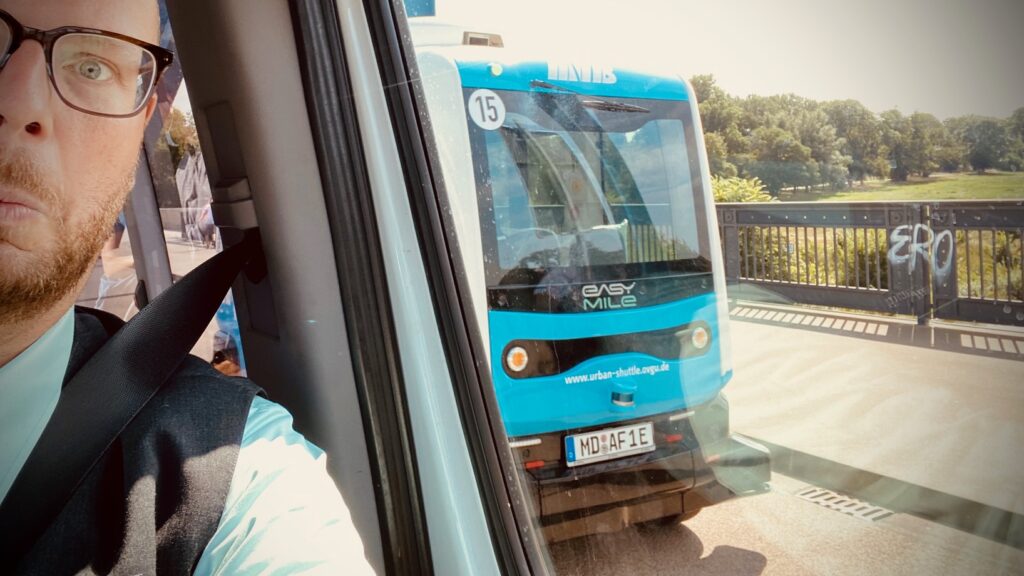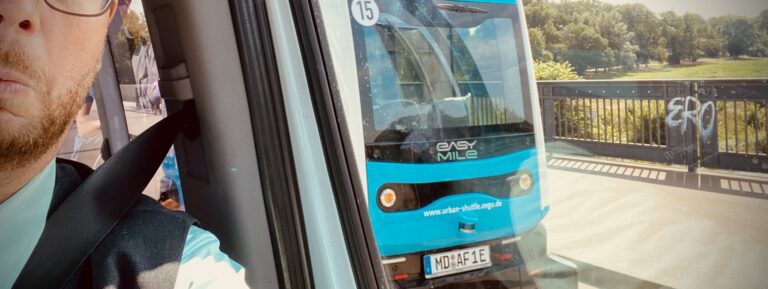According to a study by a competence center for skilled labor (KOFA Kompetenzzentrum Fachkräftesicherung), the skills gap in 2023 decreased by nearly ten percent compared to the previous year.1 This means there were about 62,000 fewer open positions for which no suitably qualified unemployed people were available, totaling around 570,000 positions. Particularly pleasing is that this decline is evident across all skill levels, with vocational graduates and academic degree holders benefiting the most.
Despite this positive trend, the situation remains tense in transportation professions, as the skills gap there has even increased compared to the previous year. Recruiting bus drivers, in particular, poses a challenging task for every company.
With the introduction of the Berufskraftfahrerqualifikationsgesetz, the occupation of bus driver has been declared as an profession. For over 11 years now, only individuals with a Class D driver’s license and the code 95 on their driver qualification card have been allowed to commercially transport passengers by bus.2
One possible solution to make the profession more attractive and streamline recruitment would be to reduce the entry barriers for technical operation. This could be achieved through the use of driver assistance systems or artificial intelligence for vehicle control.
I had the opportunity to accompany such a project back in 2021 in Magdeburg during my time as Head of Operations Control Center at Magdeburg Public Transport3. It involved an autonomous minibus named „Elbi,“ which operated on a virtual track between Stadtpark and Hasselbachplatz.4 During the technical trial operation, bus operators were deployed to intervene in case of errors. The vehicle itself had no steering wheel but was controlled via an emergency stop button and a control panel.

Even then, it was evident that autonomous vehicles offer an efficient means of transporting small groups of people in urban environments. However, the challenge remains to strengthen passengers‘ trust5 in driverless systems. In the initial phases, human operators are still necessary. While this may not reduce personnel numbers,6 it would allow for the deployment of individuals requiring only minimal training.
From my perspective, this would be the only point at which autonomous vehicles could create a financial advantage for transportation companies to move a small group of passengers.
In a distant future where we forsake individual cars and all vehicles are summoned via apps, the cost-saving effects on personnel expenses for transportation companies could also be significant. However, until then, we will continue to politely board at the front door and warmly greet our highly qualified bus driver.7
- Link: KOFA Jahresrückblick 2023 ↩︎
- Link: BALM Bundeamt für Logistik und Mobilität: Berufskraftfahrerqualifikationsgesetz ↩︎
- Link: Sebastian Wolf: CV and Skills ↩︎
- Link: OvGU Urbanshuttle Start des Pilotbetriebes von „ELBI“ ↩︎
- Link: frontiers: Improving Passenger Experience and Trust in Automated Vehicles Through User-Adaptive HMIs: “The More the Better” Does Not Apply to Everyone ↩︎
- Link: U.S. Bureau of Labor Statistik: Forty years of falling manufacturing employment
↩︎ - Link: DailyMail: Why you SHOULD say ‚hello‘ to your bus driver, according to experts ↩︎

